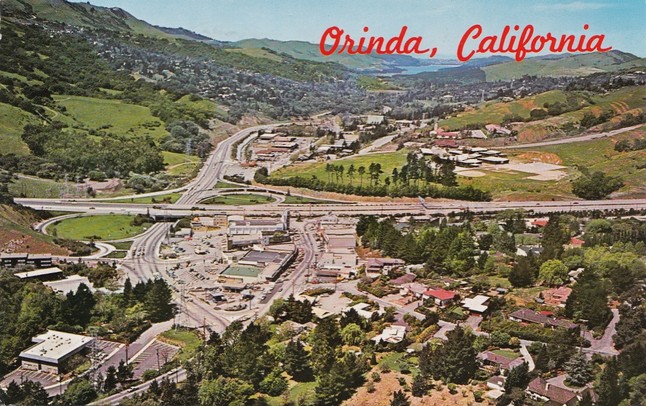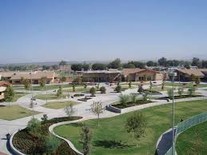
Miramonte High School

Orinda History
This page will continue to evolve as we uncover more on the history of Orinda and its schools. Any interesting bits of information you have are welcome. Much of the following information on the history of Orinda has been found in the History of Orinda by Muir Sorrick (1970).
Wikipedia has an overview of Orinda: https://en.wikipedia.org/wiki/Orinda,_California
We follow with an article about the history of the Orinda Schools: http://www.miramonte-alums.org/000/9/7/9/28979/userfiles/file/Orinda_Schools_History.docx
How Orinda Got its Name (from the Orinda Historical Society)
The 12.8 square miles that became Orinda were, in the days when Alta California was a part of Mexico, part of four huge land grants. Each bore melodic Spanish names: Rancho Laguna de los Palos Colorados, Rancho Acalances, Rancho El Sobrante and Boca de la Candad Del Pinole. But Orinda was named after an Englishwoman.
In 1876, County sheriff and landowner William Walker Camron was married to Alice Mars Camron. Alice enjoyed the poetry of Katherine Fowler Philips, a 17th century English woman known as “The Matchless Orinda.” In her honor, the Camrons named their home Orinda Park.
Edward Ignacio de Laveaga established the town site as Orinda in the 1920's. He was the son of San Franciscan Miguel de Laveaga, who, with his brother Jose, had purchased about 1,200 acres in the area in 1897.
The region blossomed when the Caldecott Tunnel opened in 1937. Finally, easy access from the East Bay to Contra Costa! The trip from Oakland or San Francisco no longer meant driving through the dark, narrow Contra Costa Tunnel, nor traveling the twisting Fish Ranch or San Pablo Dam roads. With local growth came local pride—and, in 1941, came the new Orinda Theatre. Orinda soon enjoyed a reputation as a lively destination for dining, music, and film.
The Orinda Theatre opened on December 17, 1941. For the story behind the building of the Orinda Theater click on: http://www.lfef.org/theater-history/.
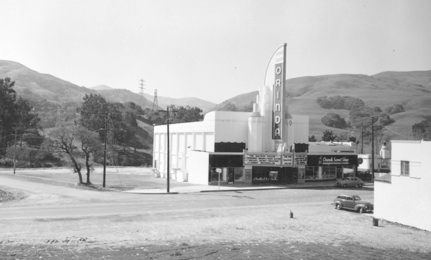
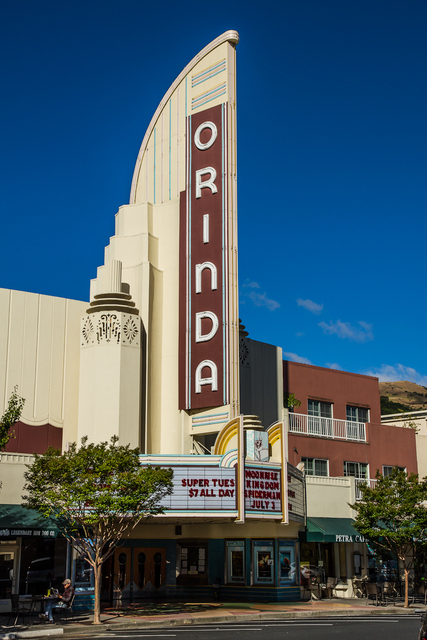
The Pony Express rides through. This plaque commemorates the passage in 1860 and 1861 of the Pony Express riders from Sacramento to San Francisco through what is now Orinda. The rider came in from Martinez, changed horses in Lafayette, galloped through Orinda, over Fish Ranch Road, then down Claremont, Telegraph and Broadway. He then caught a ferry for the crossing to San Francisco. The plaque is located in the Crossroads area. http://www.waymarking.com/waymarks/WMHMH5_Orinda_Pony_Express_Orinda_CA
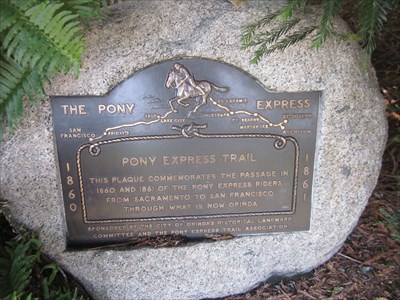
The Santa Maria Chapel was located on Miner Road near Camino Pablo and was built by Marie Le Breton de Lavega in 1892.
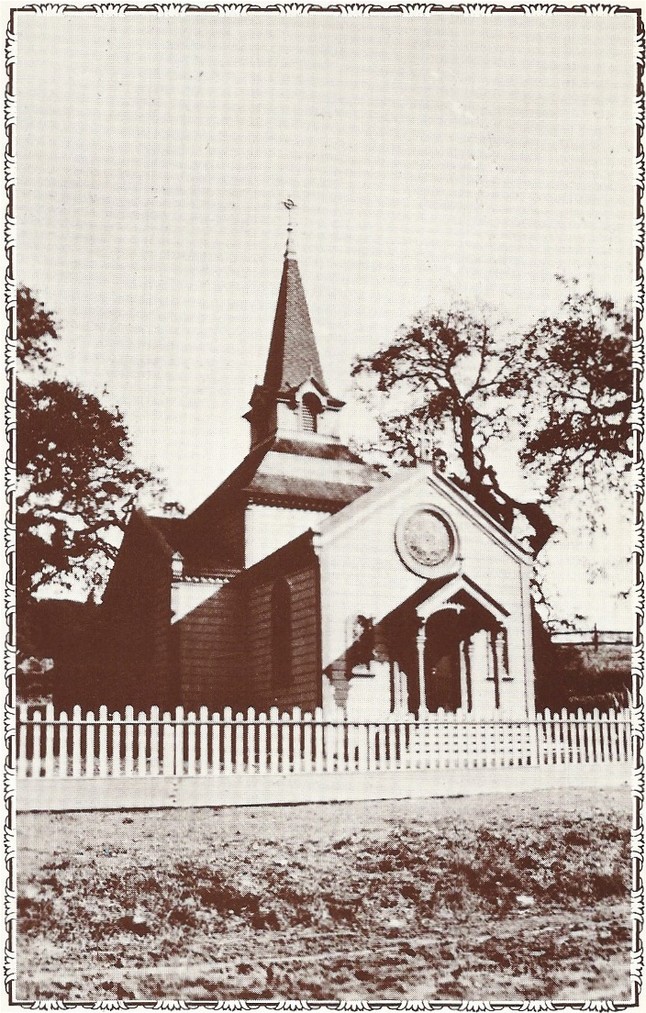
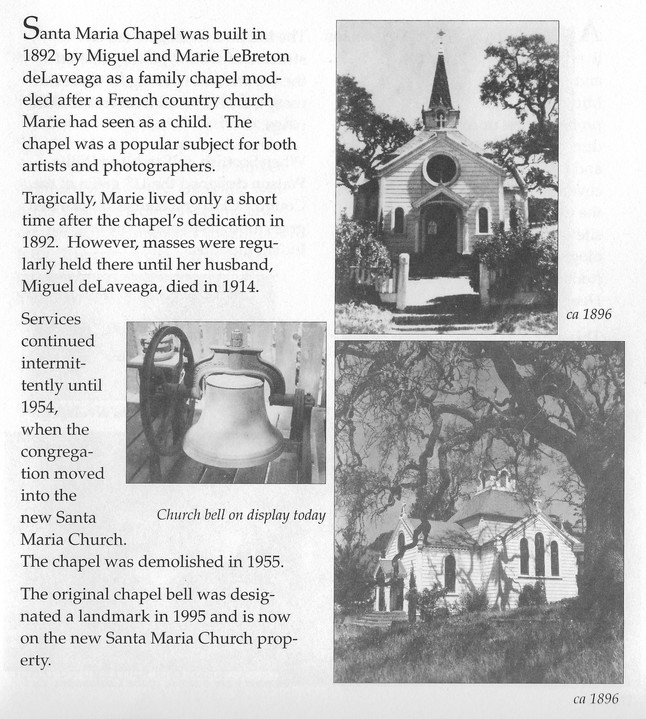
Did you know that Orinda once had a railroad running through it - The California-Nevada Railroad?
Bryant Station was the terminus of the California and Nevada Railroad, a narrow-gauge steam line which transported local harvests to the Emeryville docks. The railroad, formed in 1881, was originally planned to run passengers and freight to the silver mining camp of Bodie. By 1901, however, track beds had only been laid to Glorietta Boulevard, and the line to Orinda was abandoned.
The Bryant Station was named to honor Mayor Andrew J. Bryant of San Francisco. Mayor Bryant owned a large farm in Orinda Park, where his beautiful gardens and large outdoor dance floor were the train's main attraction. After 1893, the Orinda Crossroads was popularly referred to as Bryant's Corners.
This picture was taken in 1894 (The History of Orinda by Muir Sorrick - 1970). This trestle was near the present Orinda Library. In the background is the Miner Road trestle. Here is an article about the short lived and uncompleted railroad: http://www.pacificng.com/template.php?page=roads/ca/cnr/index.htm
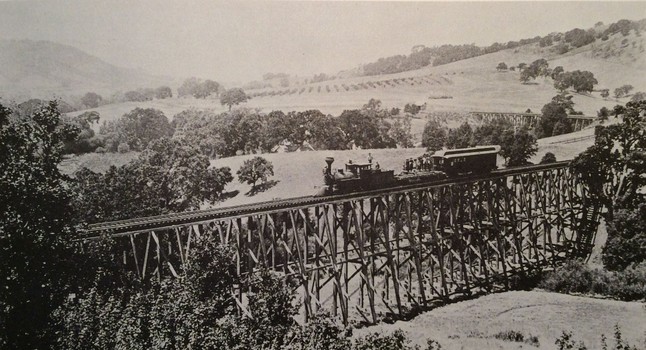
This wasn't the only railroad in the early days. The Oakland, Antioch and Eastern Railway passed through Moraga. A tunnel was dug between 1910 and 1913 by the Oakland and Antioch Railway (OAR), predecessor to the Oakland, Antioch and Eastern Railway which later became part of the Sacramento Northern. The 3700-foot long Redwood Peak Tunnel went underneath the Oakland Hills. The tunnel was last used in 1957, and has been sealed off at both ends. http://www.cowellhistoricalsociety.org/html/oa_er.html.
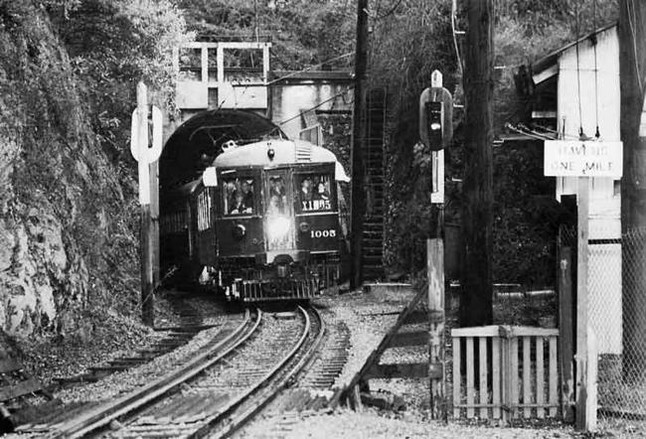
Any history of Orinda must include a history of Moraga as much of Orinda, including Miramonte, was once part of the greater Moraga. Thanks to Maggie Skinner, Archivist, Moraga Historical Society. http://www.moraga.ca.us/about/history
More information about Moraga's history can be found on the website of the Moraga Historical Society - http://moragahistory.org. As of February 27, 2021, the website link shows as "not secure". That could be because they have not purchased and added a "Secure Certificate" to their website.
In the early 1860's seepage of coal oil was reported in the area. A number of oil wells were drilled in the Miner Road area between 1888 and 1903 but nothing ever came of those ventures. Picture courtesy of The History of Orinda.
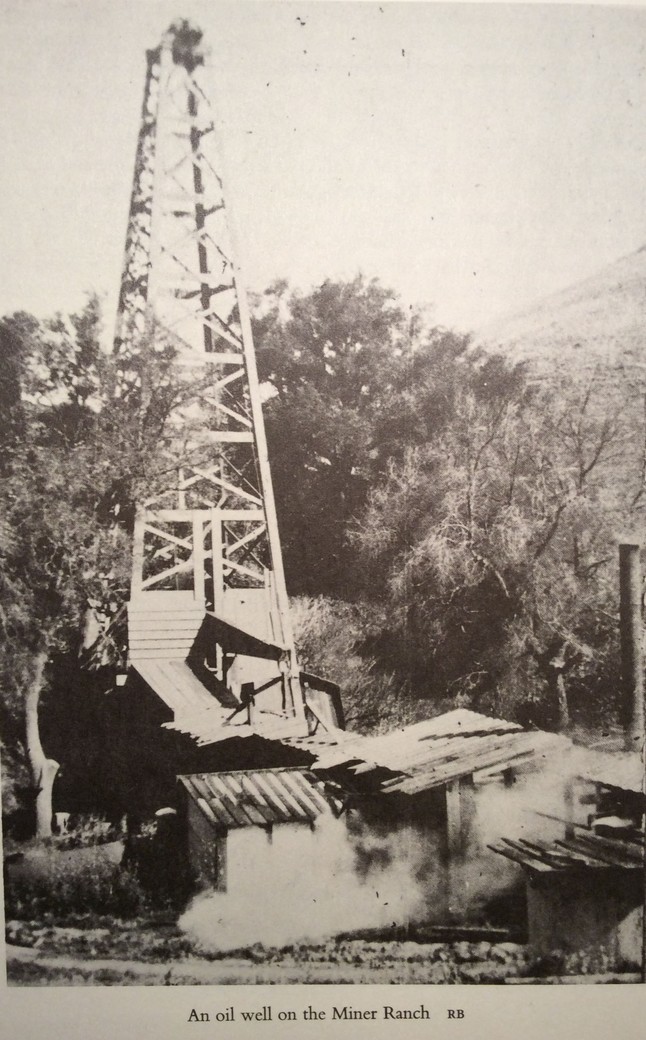
Before any tunnels were built between Oakland and Orinda, travellers had to make their way over the hill between Oakland/Berkeley and Orinda. The road leading up the canyon from the west was initially called Harwood's Road, later changed to Telegraph Road and finally, Claremont. The road on the other side of the hills was, and remains, Fish Ranch Road. An inn and stage coach stop called the Summit House once existed at the summit. On top of the summit was the Summit Saloon in the 1890s.
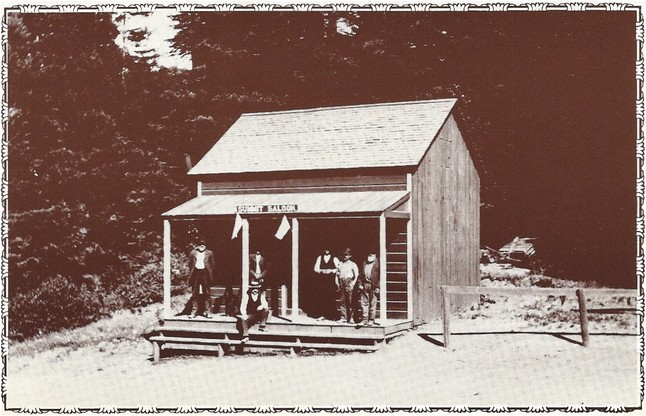
In 1903 an automobile tunnel was built above the present location of the Caldecott Tunnel. This tunnel was approached by a new road dubbed "Tunnel Road" which started at the top of Ashby Avenue in Berkeley. The 1,040-foot-long tunnel -- about 300 feet above and slightly south of the current Caldecott Tunnel -- was variously called the Broadway Tunnel, Kennedy Tunnel, and Inter-County Tunnel.
The timber-lined bore dripped water. It wasn't wide enough for cars or wagons to pass, so traffic was limited to one direction at a time. As the tunnel was dark, wagon drivers lit up newspapers when entering as a signal to those at the other end to wait. Originally restricted to buggies and wagons, the tunnel was widened in 1915 to accommodate autos, and lights were added in 1920. Cave-ins closed it several times before it was sealed off forever in 1947.
Constructed of wooden beams, the first tunnel to Oakland is shown here in 1918 as cars creep through the bore.
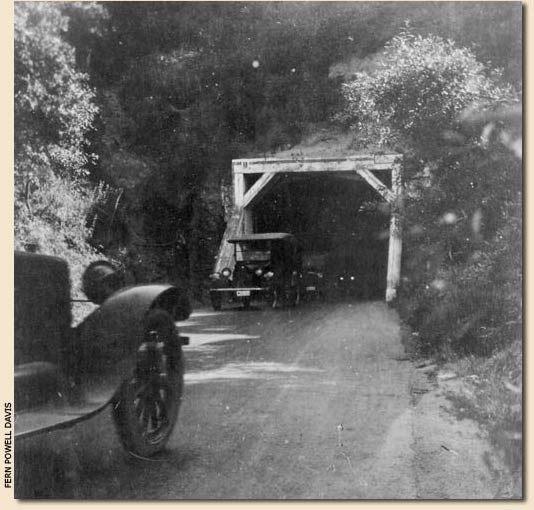
In 1929, construction of the first two bores of the Caldecott Tunnel began. They were completed in 1937 and it was originally known as the Broadway Low Level Tunnel.
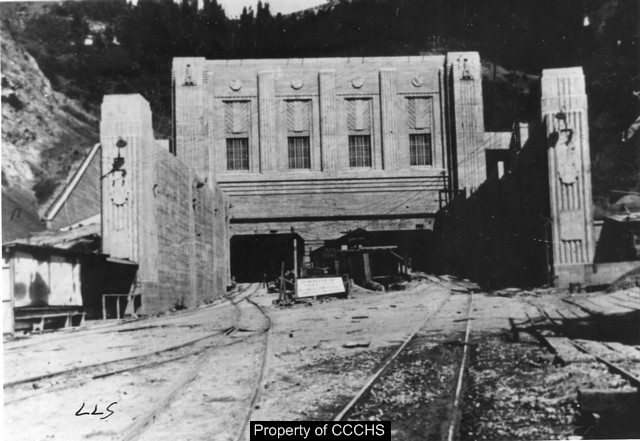
The Orinda Country Club opened in the 1920's. Miss Graham's riding class is pictured below in 1925. http://orindacc.org/web/pages/club-history
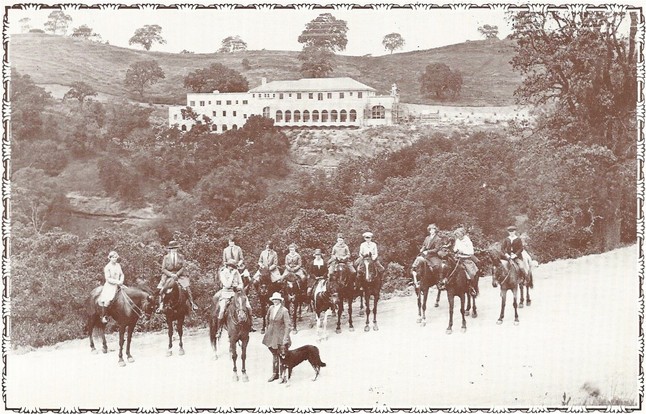
According to Muir Sorrick's The History of Orinda, The Orinda Park Pool was begun in 1921 when Edward I (E.I.) deLaveaga began to prepare his property for subdividing. He built a small lake on the hilly property on the west side of the highway and put in winding roads – Ardilla, El Toyonal, Canon Drive, Vallecito Lane, La Madronal and El Rincon. The lake was called Lake Orinda which later became as it is today – the Orinda Park Pool. By 1924 the bottom of Lake Orinda had been cemented, the grounds had been converted into a picnic area, and a bathhouse built. In 1931 a small building was erected, the grounds were fenced and the pool opened to the public. A dance platform was also built. In the spring of 1938 the pool was opened as a private club. http://orindaparkpool.org/history/#excerpt
The Orinda School was built in the early 1920s. Below is a picture of Planting Day in 1925.
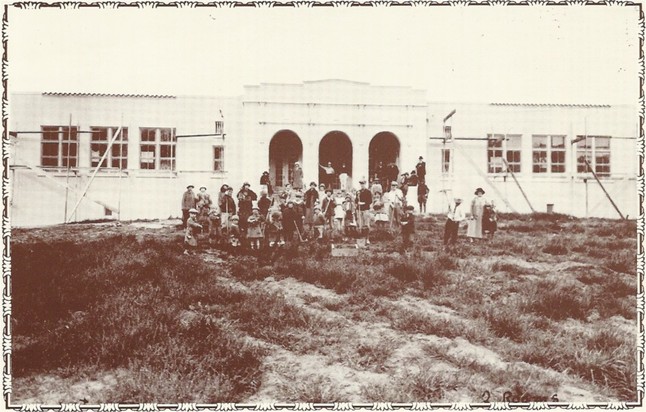
The "Crossroads" in 1947. Picture from The History of Orinda by Muir Sorrick - 1970.
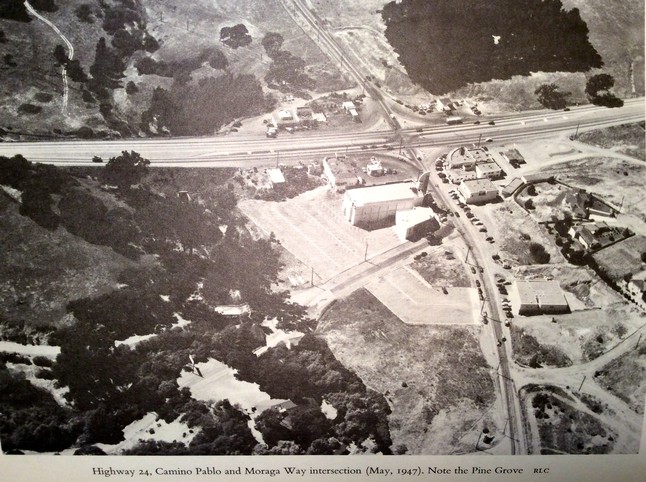
Landslide across Highway 24 in December 1950. Photo from History of Orinda by Muir Sorrick - 1970.
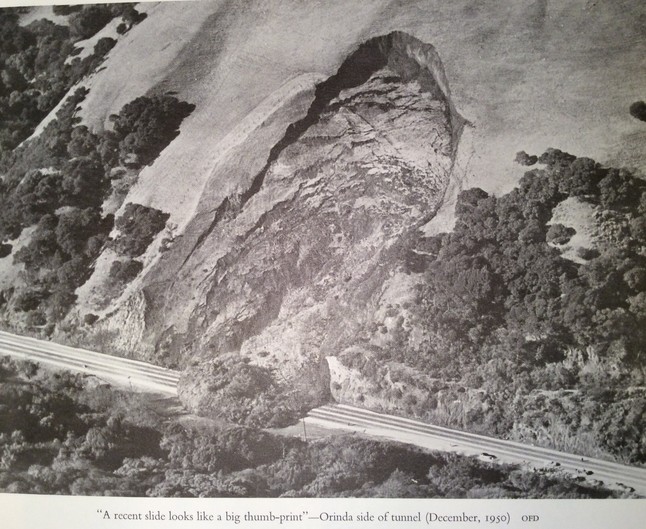
Orinda Fiesta Program by the Oakland Tribune - Opening of the Orinda Cloverleaf - May 14-15, 1955
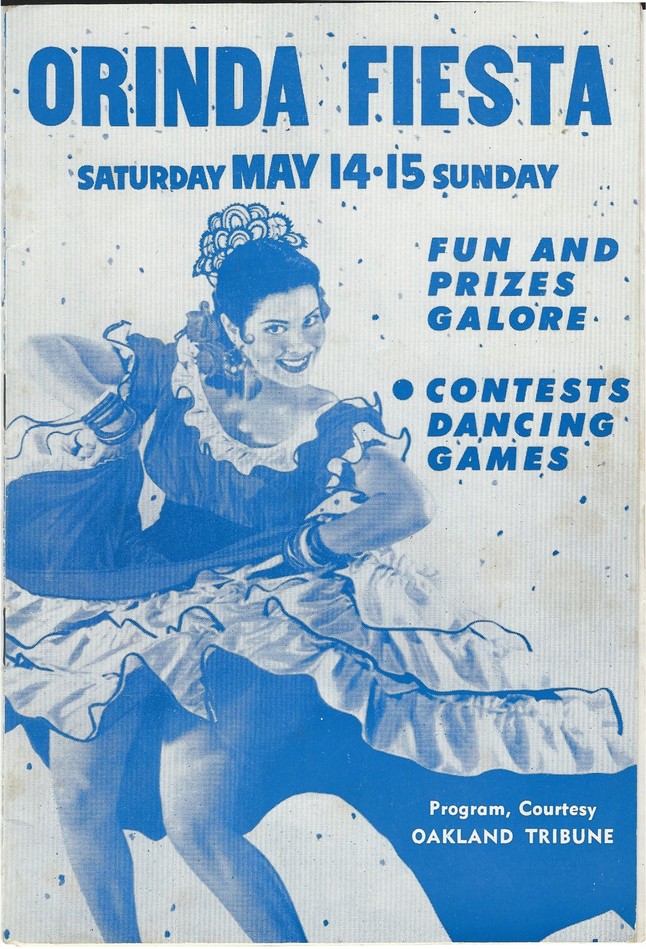

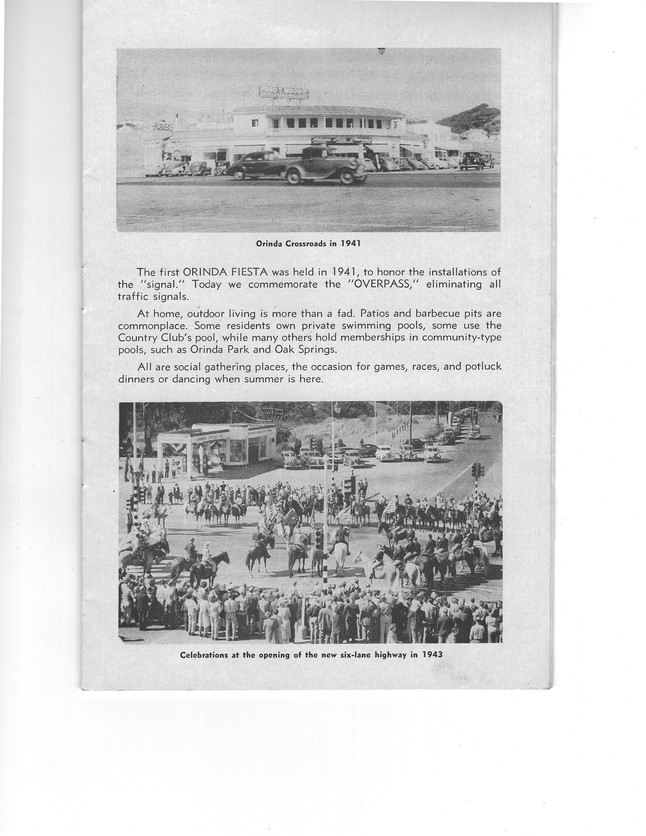
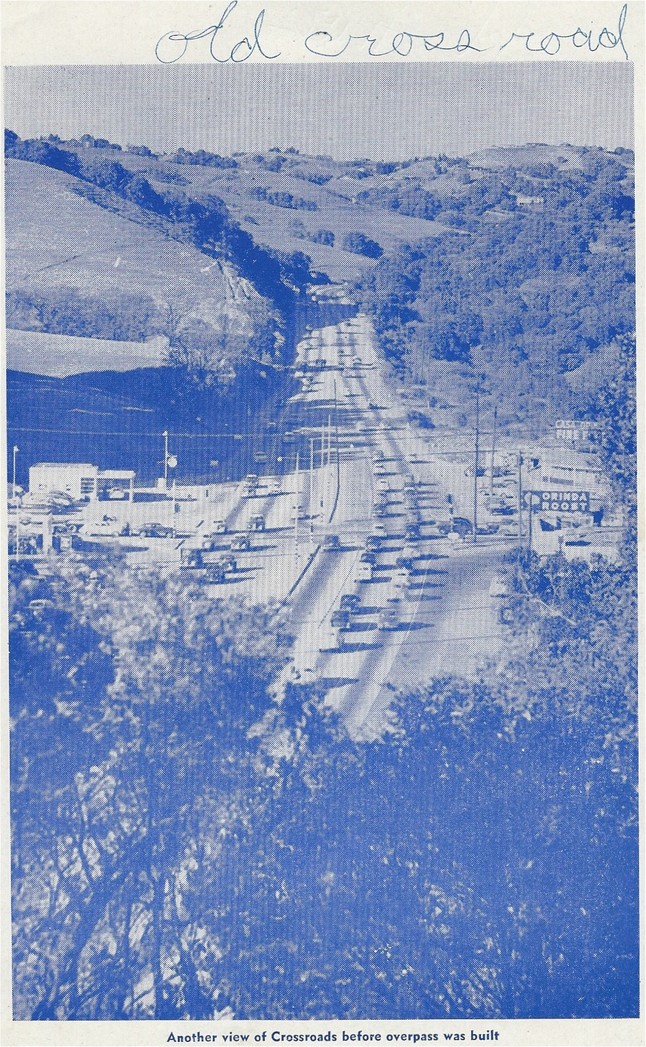
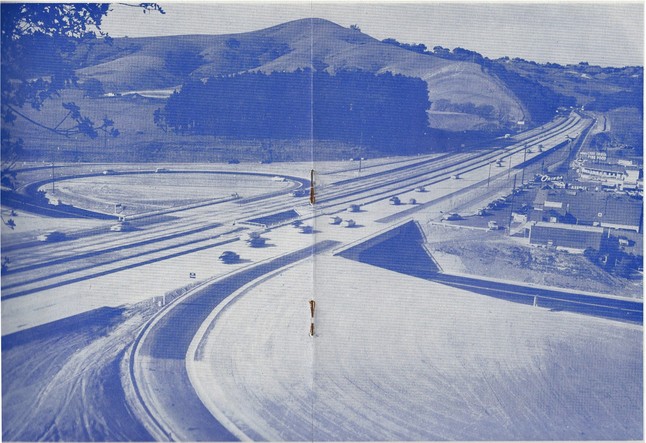
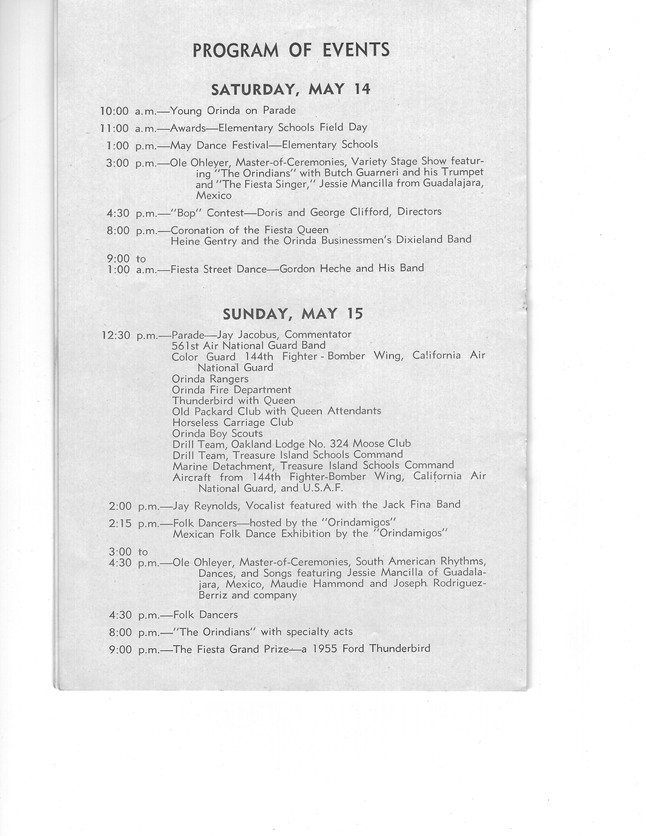
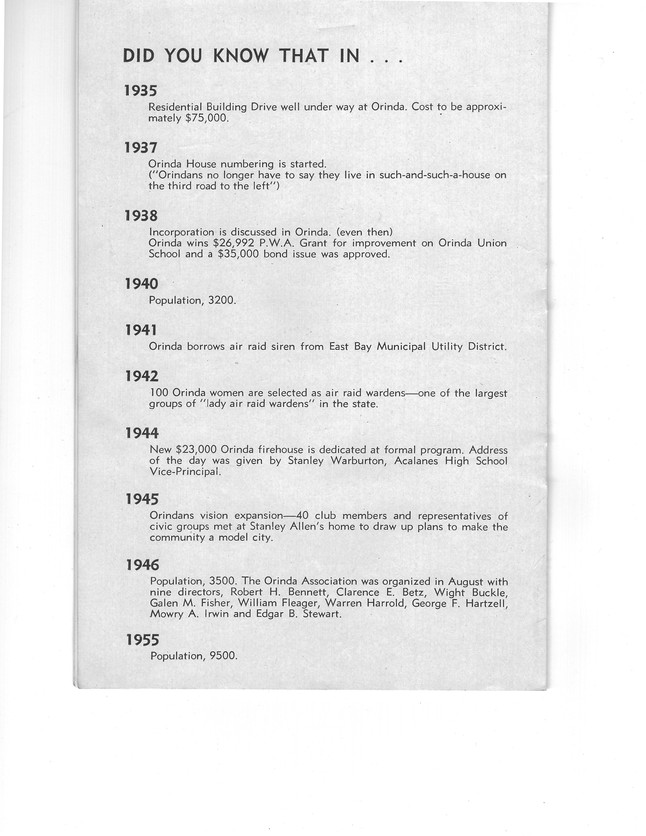
.jpg)
Orinda Crossroads from Postcard.
